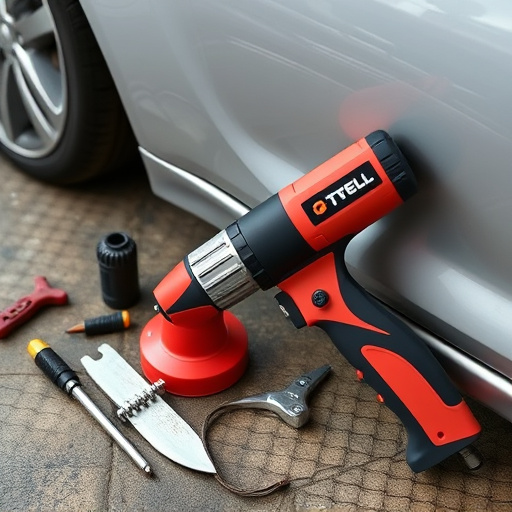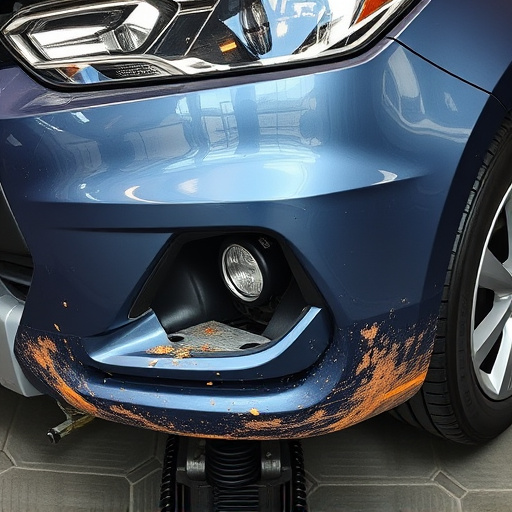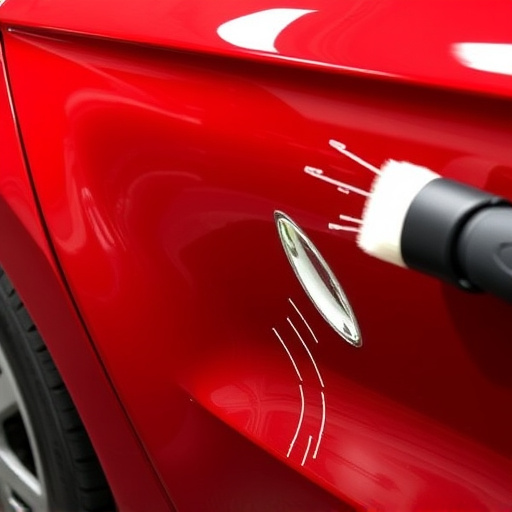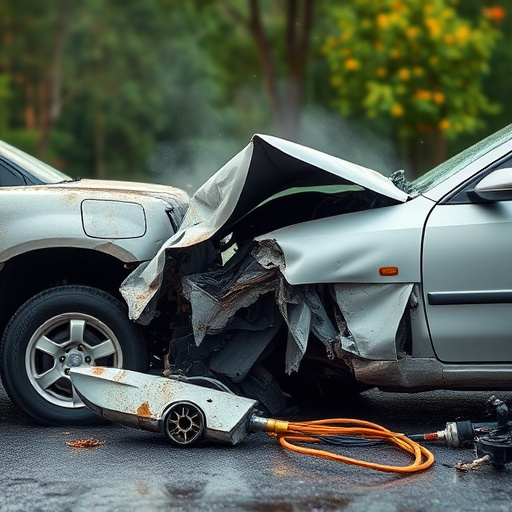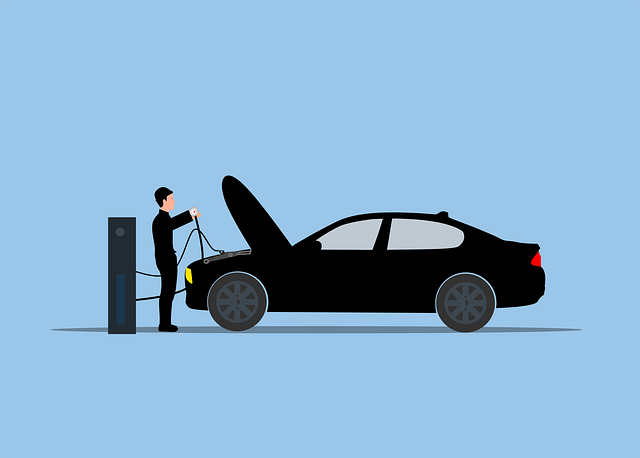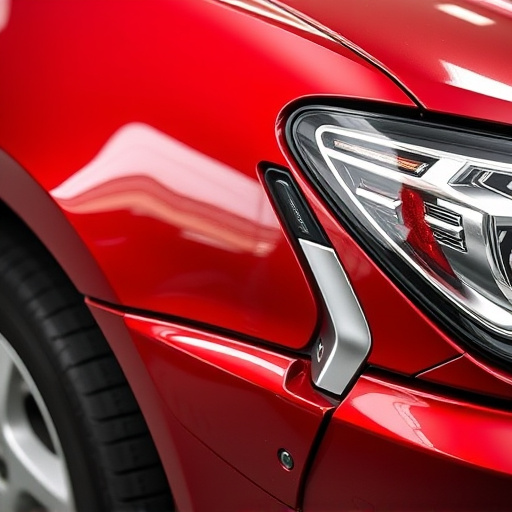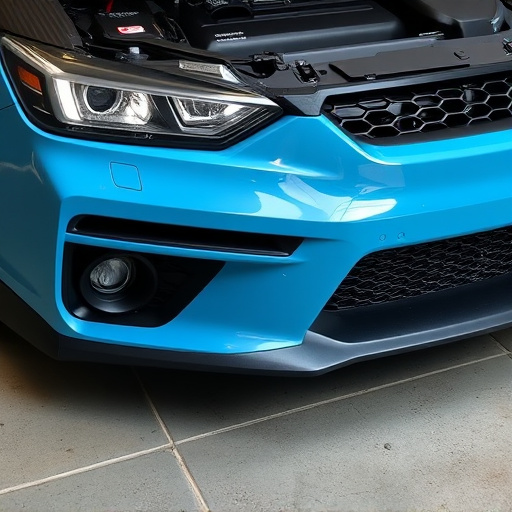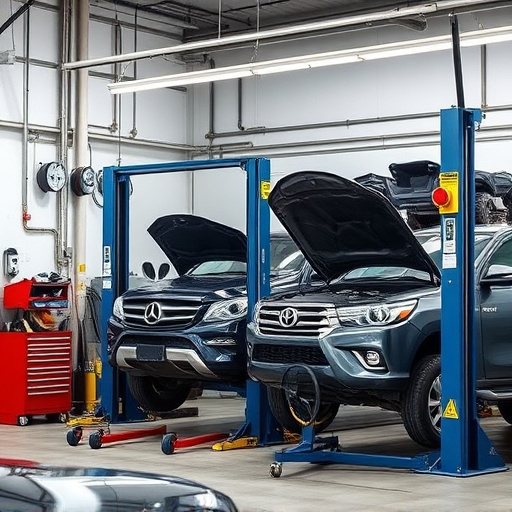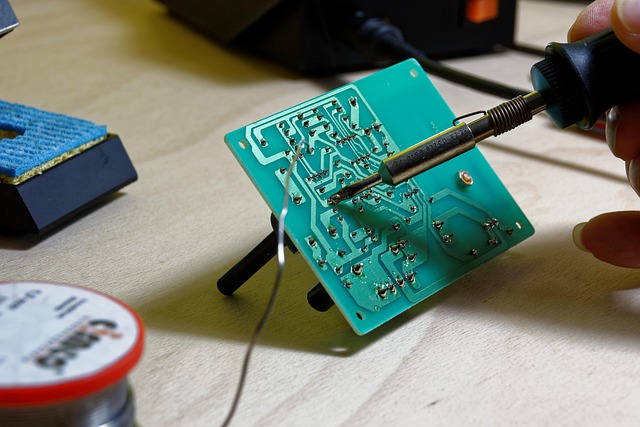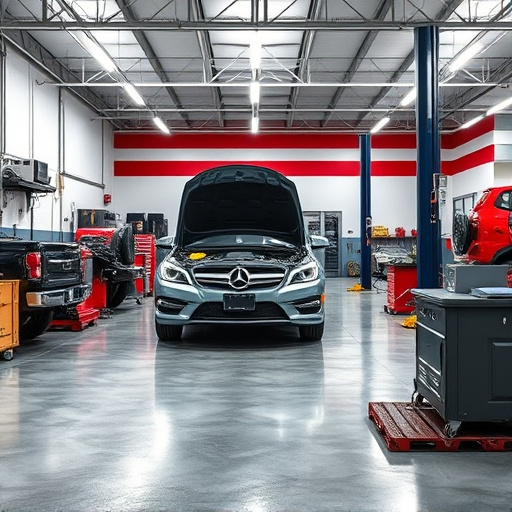Taillight repair and replacement are crucial for driver visibility in low-light or adverse weather conditions, enhancing safety and legal compliance. Timely addressing of malfunctions or damage is vital to prevent accidents, as modern vehicles rely on functional taillights for safety and legal requirements. LED technology improves visibility and collision avoidance, while high-quality parts meet latest standards, ensuring optimal light output for daily driving safety and emergency response efficiency.
Taillight repair and replacement is a crucial aspect of vehicle maintenance that enhances safety on the road. Understanding how these lights function and their significant impact on visibility is key. In this article, we’ll explore the process of repairing or replacing taillights, delve into their essential role in improving overall vehicle visibility, and highlight the safety implications of upgrading to modern, efficient taillight technology.
- Understanding Taillight Functionality and its Impact on Visibility
- The Process of Taillight Repair and Replacement
- Benefits and Safety Implikations of Upgrading Taillights
Understanding Taillight Functionality and its Impact on Visibility

Taillights are more than just indicators of a vehicle’s brake and turn signals—they play a crucial role in ensuring optimal visibility during driving, especially in low-light conditions or adverse weather. These lights serve as a safety measure by enhancing the driver’s awareness of their surroundings, enabling them to make informed decisions on the road. A malfunction or damage in taillights can significantly impair this critical function.
When considering taillight repair replacement, it becomes evident that this simple yet essential task can have profound effects on overall vehicle visibility. Modern vehicles rely heavily on well-functioning taillights for safety and legal compliance, as many regions mandate specific lighting requirements for roadworthiness. Prompt addressing of taillight issues through repairs or replacements is vital to maintaining safe driving conditions, ensuring adherence to traffic laws, and preventing potential accidents stemming from poor visibility.
The Process of Taillight Repair and Replacement

When it comes to enhancing vehicle visibility, taillight repair and replacement is an often-overlooked yet crucial aspect of car maintenance. The process involves several steps designed to ensure both functionality and aesthetics are restored. First, a thorough inspection is conducted to identify any damage or malfunctions in the existing taillights. This includes checking for burnt-out bulbs, cracked or cloudy lenses, and signs of corrosion or impact damage. Once identified, the faulty components are carefully removed, taking care not to damage surrounding car bodywork services.
After disassembly, the damaged parts are replaced with new, high-quality taillight assemblies. These new components are then secured in place, ensuring proper alignment and a seamless fit within the car’s overall design. During this stage, it’s vital to verify that all electrical connections are correctly wired for optimal performance. Post-installation, a test run is typically conducted to confirm that the repaired or replaced taillights function properly, enhancing both safety and visibility for drivers and pedestrians alike.
Benefits and Safety Implikations of Upgrading Taillights

Upgrading taillights through a tailor light repair replacement offers significant benefits that extend beyond mere aesthetics. First and foremost, improved visibility is paramount for both drivers and pedestrians, especially during nighttime driving or in low-light conditions. Modern taillights equipped with LED technology not only provide brighter, more consistent illumination but also consume less energy, making them cost-effective in the long run. This enhanced visibility can lead to better collision avoidance, as drivers can see potential hazards more clearly, giving them ample time to react and apply brakes effectively.
The safety implications of upgrading taillights are equally profound. A vehicle body shop specializing in auto detailing and collision repair services can install high-quality taillights that conform to the latest safety standards. These advanced lighting systems often incorporate dynamic turn signals and automatic intensity control, further improving road safety by reducing the risk of accidents caused by poor visibility or miscommunication between drivers. Regular taillight repair replacement also ensures optimal light output, maintaining the overall safety and efficiency of a vehicle’s lighting system, which is crucial for both daily driving and emergency situations.
Taillight repair and replacement are essential steps in enhancing vehicle visibility, which is paramount for safety on the road. By understanding the critical role of taillights and the simple yet impactful process of their repair or upgrade, car owners can ensure they contribute to a safer driving environment. This small investment in taillight technology not only improves nighttime visibility but also plays a significant part in preventing accidents, making it a game-changer for both drivers and pedestrians alike.
